Solar Powered Cars: Pipe Dream, or Realistic Possibility?
Probably when you read "solar car", you picture something like this. An interesting novelty and technology demonstration, but miles away from a practical commuter. What if you want to take passengers with you? Where do groceries fit? How usable would it be when the sun's hidden behind clouds?
One of Australia's oft forgotten contributions to the tech world is their annual solar racing competition. Less focused on the race and more of a proving ground for ever-improving solar vehicle technology, the promise is clear; the product of these races will some day be an electric family car that never needs to be plugged in.
Some electric cars and hybrids already offer optional rooftop panels (see above), but there's not nearly enough surface area on them to charge the batteries faster than they are depleted while driving. Even while the car is stationary it would take days or weeks to fully recharge the battery pack.
These panels are typically just used instead to power a heat pump that keeps the car's interior from turning into a sweltering oven while parked in the sun. Why? The hard fact of the matter is that only a kilowatt of energy falls on any given square meter of the Earth in the form of sunlight. Even with 100% efficient panels, that's all you could get out of that much surface area.
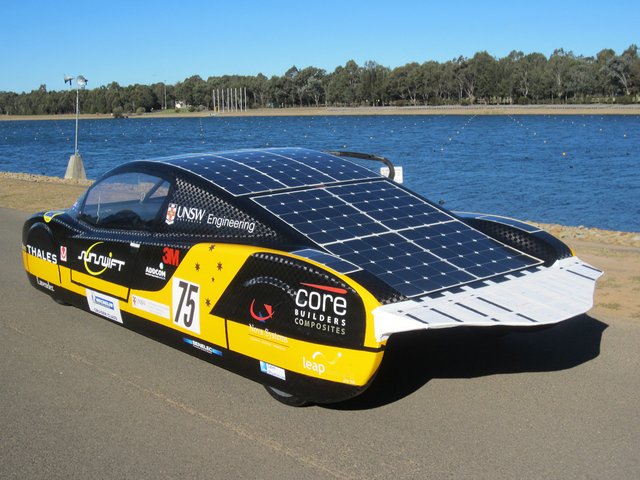
If you design the entire vehicle around supporting the panels, you can get a really useful amount of surface area for solar power generation. With flexible panels, it can even remain aerodynamic. This is how the solar powered racers manage to attain speeds in the neighborhood of 80mph.
But the really interesting category, and a relatively recent one, is the solar family car. It's another class of vehicle in the competition which must be able to fit four people, have a trunk and meet various other criteria necessary for it to be a legitimately useful every day vehicle.
The top performer in this class for many years now has been the Stella Lux, by a group of Dutch engineering students calling themselves Solar Team Eindhoven. With a top speed of just over 77mph and a range (on a sunny day) of 621 miles, it's absolutely a real car from a performance standpoint. But what about the creature comforts?
Plush seats, and four of them. Cupholders. Even wireless phone chargers on the dash. The 381 individual solar cells on the roof, constantly charging a 15-kilowatt-hour battery pack gives it energy to burn. The team calls it an "energy positive" car as under normal circumstances it makes more energy than it needs. Even in the severe Dutch midwinter, it will still do 30 miles to a charge.
They are not alone in the 'cruiser' class of the competition, however. The Sunswift eVe, built by the The UNSW Solar Racing Team, has come in third most recently despite being the fastest entrant at 80mph. They claim a range of 500 miles on battery and solar panels combined, one of the areas the eVe falls short of the Lux.
Still, it's a good sign that it more closely resembles a standard family sedan. And this is all with panels that are "only" 21% efficient (still far and away better than most of the PV you can buy today). There's significant room for improvement. NASA has access to panels that are around 40% efficient, but this is using multi-junction cells to surpass the Shockley-Queisser limit.
The limit for standard single junction cells is 33%, which should give you an idea of the potential gains still to be had for solar powered cars. If they perform this well today at 21% we can look forward to more and more affordable, comfortable and capable solar cars in the future.
Having said that, they look ready for prime time already. Would you buy a primarily solar powered car? Do you see a future for electric vehicles designed around large flexible solar cells, taking much of the burden of powering the vehicle off the battery pack while it's sunny out? From where I'm sitting, I don't see any downside to this approach.
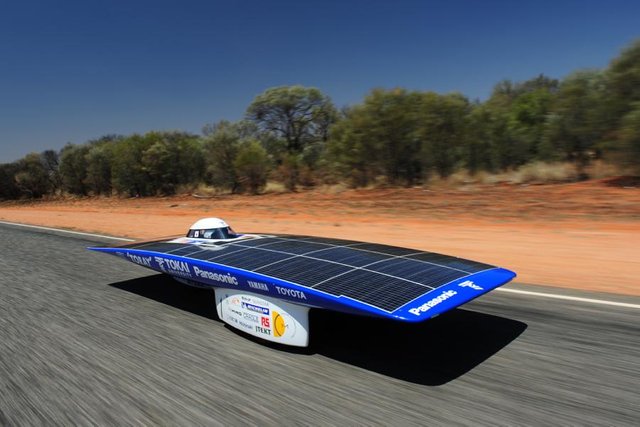
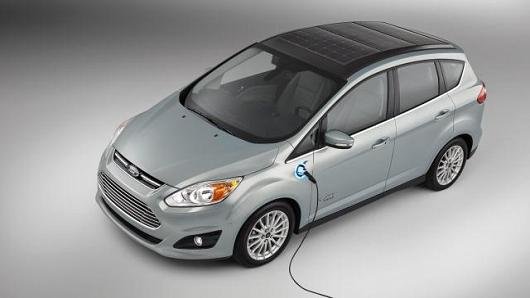
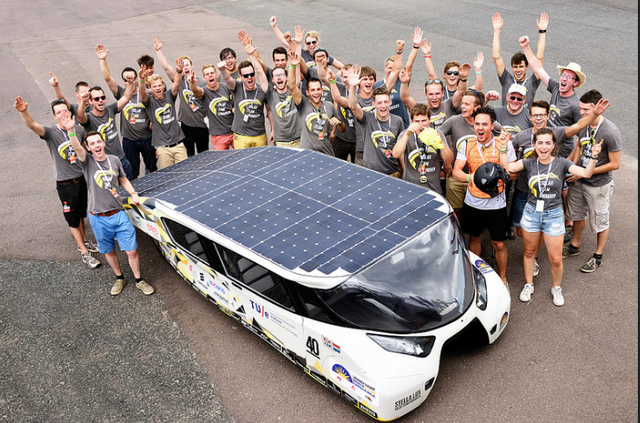
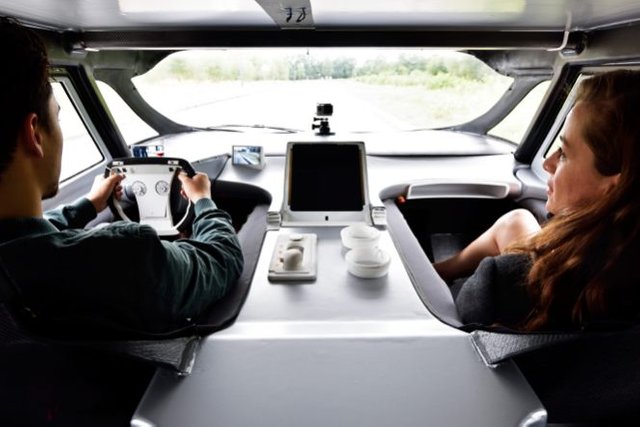
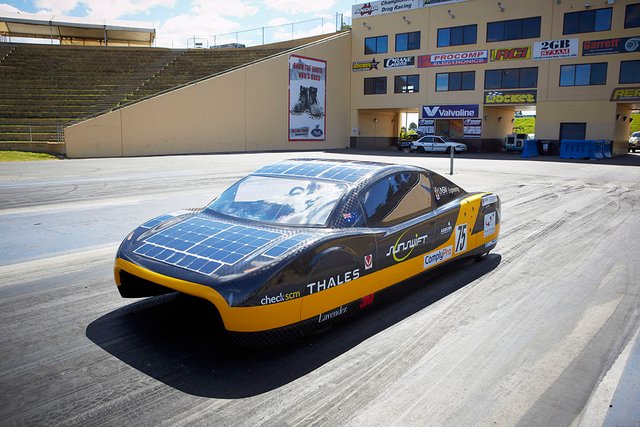
The solar cells used in the Stella lux are available today, and have been available for at least a year. I have a 100w flexible panel sitting about ten feet from me now. Search "100w flexible sun power solar panel". Those cells are 21.5% efficient. The price of the panel sitting here was $140 on amazon.com, and weight is 4lbs.
Wow, thanks. I'd be very interested if I hadn't already bought a 102 watt folding rigid solar array. I'll have to think of some project I need a flexible solar panel for.
As cell and battery technology develops we should see some really cool options. Maybe you could just paint the entire car in a PV material someday.
True, but then the contours of modern cars aren't really optimized for maximum sunlight exposure. So I expect we'll still see a gradual shift in how cars are shaped even if solarizing them is as simple as you describe.
I agree, and can only imagine what future transportation will look like. Just look at a Model A vs. Bugatti.
A solution I see may be a clear coat for protection that can serve to refract light and increase the amount of energy gathered.
Thanks for the great insight, it's a topic we don't see nearly enough of in mainstream media. Would love to see solar energy integrated on day and am especially interested to see how cars change in form to accommodate the new tech.